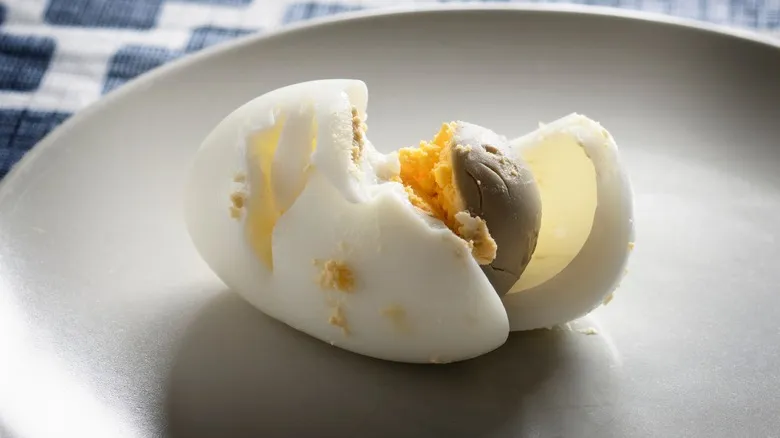What to do with cheese rinds

The various types of rinds contribute to a cheese's unique character. In fact, rinds can enhance the visual appeal of your charcuterie boards by adding vibrant colors and showcasing your creativity in arranging the display. Crafting a stunning cheeseboard is truly an art, and Ina Garten offers excellent advice for making your selections.
Some rinds, like the hard rind of Parmesan, are not particularly palatable and should be removed before serving to guests. However, don’t discard these rinds; they can be a fantastic addition to soups. Simply add the rind during cooking to infuse your soup with a rich, creamy flavor, and remember to take it out before serving. You can also store these rinds in the freezer by wrapping them securely, ensuring you have them ready for a quick soup on a chilly winter evening.
Recommended

When To Add Fresh Herbs To Your Soups

The Air Fryer Is The Secret To Perfect Croutons You'll Make On Repeat

This Simple Burger Hack Will Give You The Perfect Patties Every Time

What's Turning The Yolks Of Your Hard-Boiled Eggs Green (And How To Stop It)
Next up

